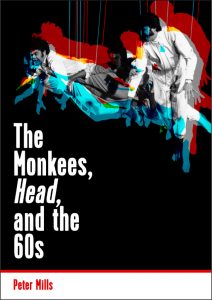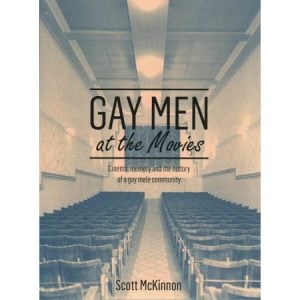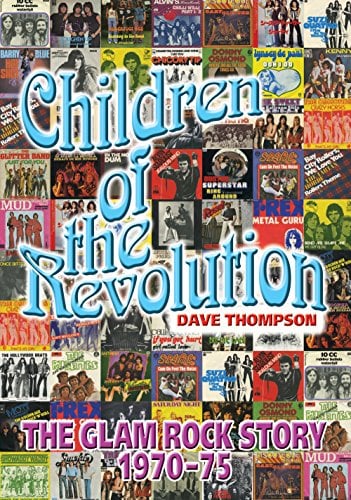The Monkees, Head, and the 60s by Peter Mills
I can still remember seeing The Monkees at Festival Hall here in Melbourne during their big tour of Australia and Japan in 1968; I was very young of course. My main memory is of standing on a seat next to my sister, yelling my head off and throwing streamers at the stage, hoping desperately to hit one of the lads so that I could reel it back in as a special souvenir (my behaviour at concerts nowadays is somewhat more restrained). Clearly The Monkees were a massive group back then and their reputation has stayed surprisingly strong over the years, considering their commercial origins and questions over just how much they actually performed themselves; mind you, they sounded pretty good to me! This book examines the entire phenomenon, placing particular focus on their wild and dreamlike foray into film with Head, which like the band itself has lived through some fairly harsh critical drubbing to finally find an appreciative time and audience.
Bruce Davidson: Charlotte Cotton, et. al.
To say that American photographer Bruce Davidson was born with a camera in his hand is probably stretching the truth somewhat; after all, he was 10 years old when he took his first photograph. This survey of his work from the 1950s through to the almost contemporary is arguably one of the most moving and beautiful collections of photographs you will see between the covers of a single volume for some time. A great humanist, Davidson doesn’t intrude or steal his moments, and the people he photographs going about their lives are not there to be mocked or judged, but rather understood. The black and white images, each with their own texture, capture what appear to be entirely impromptu moments, which neverthless seem to be the perfect, the only moments to have captured. That’s the magic of a great photographer.
Gay men at the movies : cinema, memory and the history of a gay male community by Scott McKinnon
Here’s a really fascinating study from Sydney researcher Scott McKinnon focusing on the ability of movies to speak to and form a sense of community between a disparate group of individuals with a shared identity, in this case gay identity. Moving from the 1950s though to the 2000s, the author uses reviews, newspaper articles, oral histories, etc., to examine what cinemas in Sydney were showing that had relevance and resonance for gay men. The slim pickings of the 1950s with films such as Tea and Sympathy and Rebel Without a Cause would slowly give way to the increasing visibility of homosexuality in films throughout the 60s, 70s and 80s, mirroring and supporting increasing social awareness which in turn led to politicisation and the gay liberation movement. Demonstrating how gay male viewers have always been able to take from the movies what they needed (and sometimes what they didn’t need….), McKinnon expertly and often movingly uses the personal observations and stories of men who lived through the times to reveal the centrality of the entire movie-going experience to their lives. A terrific read.
Children of the revolution : the glam rock story, 1970-1975 by Dave Thompson
What on earth was going on in the 1970s?! According to author and fanatic Dave Thompson, Glam Rock was going on, and leaving a trail of glitter and inspiration in its path. From the early days of Marc Bolan to the heights of David Bowie and (dare I say it?) The Bay City Rollers, this hyperbolic and vastly entertaining year by year, blow by blow survey is packed with enough facts, opinions and total loopiness to keep even the most jaded David Essex fan amused. Happily you can read this ebook at home if you’re one of our registered Victorian members, so you can grab that sequinned pantsuit, strap on those elevator heels, smear on the mascara, and enjoy the ride in the privacy of your own glam pad.
The madness of Head; only in the Sixties, right?





